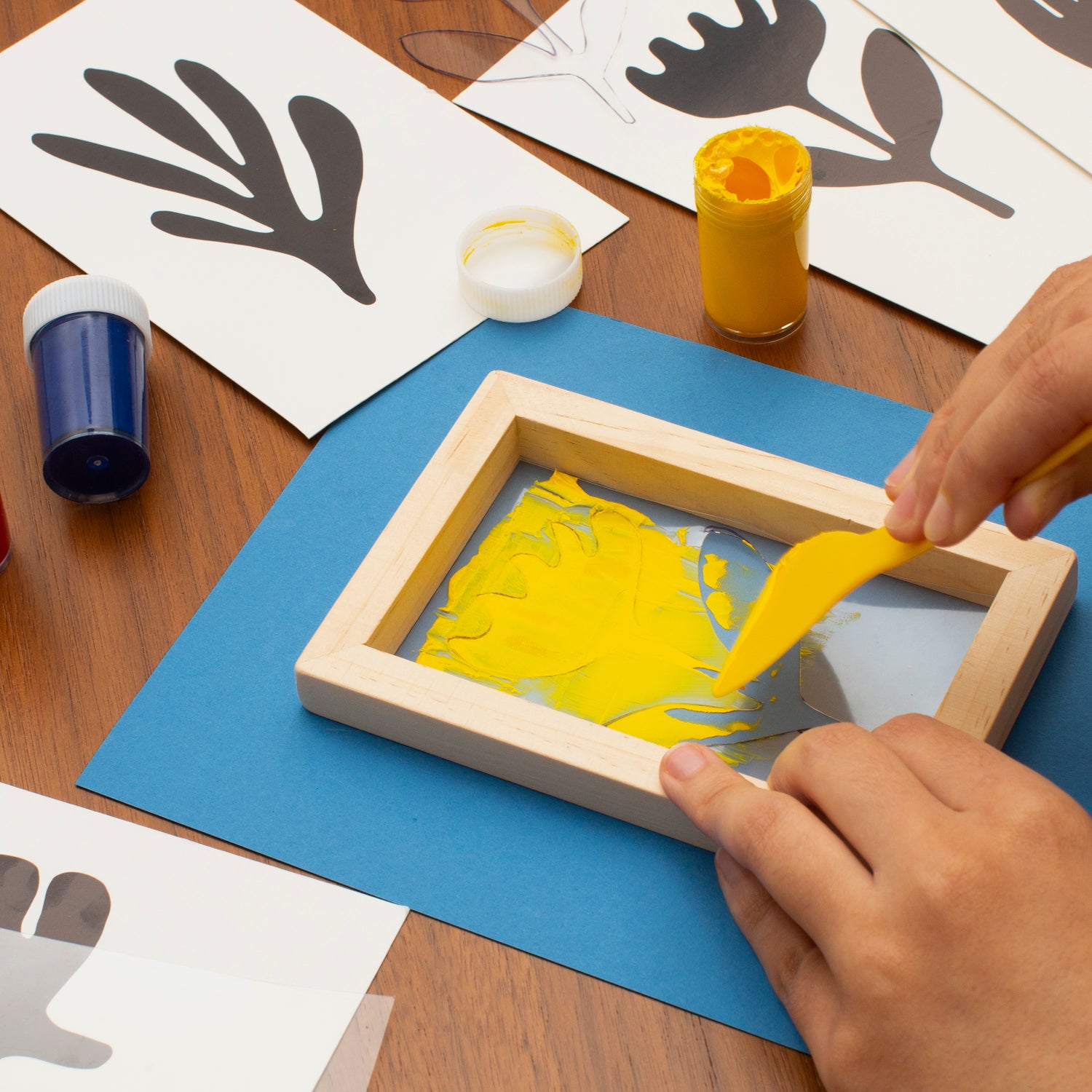The Important Guide to Comprehending Screen Printing and Its Versatile Utilizes
Screen printing has an abundant history that goes back to ancient times, developing right into a sophisticated method utilized across numerous markets today. This overview checks out the ins and outs of the screen printing process, detailing its applications in fashion, advertising, and home décor - 10:9 Design Abilene. Recognizing these basics can open up creative potential for both artistic and commercial projects. The following areas will certainly disclose important pointers and methods to enhance one's screen printing undertakings
The History of Screen Printing
Screen printing has roots that map back centuries, its evolution reflects the imaginative and technological innovations of various societies. Coming from old China, the strategy was initially used for embellishing fabrics and later spread to Japan, where it ended up being indispensable to Ukiyo-e woodblock printing. The approach changed to Europe in the 18th century, where it got popularity amongst craftsmens and industrial printers. The innovation of image solution in the 20th century reinvented screen printing, allowing for even more complex layouts and higher effectiveness. Musicians like Andy Warhol further propelled its popularity, using the medium to develop renowned works that blended commercialism and fine art. By the late 20th century, screen printing had actually developed itself as a versatile method, used in vogue, advertising and marketing, and great art. Today, it remains to advance, incorporating digital technology and increasing its applications across different markets.
The Screen Printing Refine Explained
Screen printing transforms artistic visions right into concrete designs through a series of exact steps. A photo is created and after that moved onto a screen, commonly made of great mesh textile extended over a frame. A light-sensitive solution is related to the screen, which is subjected to light, setting in locations not covered by the picture. After washing out the unhardened emulsion, a pattern is developed.
Next off, the screen is placed over the substrate, whether it be fabric, paper, or an additional product. Ink is then pushed through the open locations of the stencil making use of a squeegee, depositing the design onto the substrate below. This process can be repeated for several colors, requiring separate displays for each tone. The printed item is treated utilizing warm to assure the ink adheres properly, resulting in a sturdy, lively design ready for usage.
Kinds Of Screen Printing Techniques

In addition, specialty strategies, such as discharge screen printing, get rid of color from the fabric to create softer prints, while foil screen printing applies metal aluminum foil to achieve a glossy finish (10:9 Design near me). Each method uses distinctive features, catering to various innovative needs and manufacturing scales, eventually broadening the possibilities within the screen printing domain
Applications of Screen Printing in Various Industries

Additionally, the signage and advertising markets use screen printing for developing eye-catching displays and banners. This method permits strong colors and intricate layouts that catch attention. In electronic devices, screen printing is used for applying conductive inks to motherboard, essential for part connections. The home decoration sector embraces screen printing to generate distinctive layouts on textiles and wall art. Overall, screen printing works as an important tool throughout varied areas, improving items with customized and visually appealing graphics.
Tips for Effective Screen Printing Projects
While embarking on a screen printing task, careful attention to detail can substantially enhance the last result. Selecting premium products is essential; this consists of the screen, inks, and substratums. Utilizing ideal mesh counts can impact ink deposition and detail resolution. Prep work is equally crucial; thorough cleaning of displays and appropriate exposure times guarantee crisp prints.
Next, precise enrollment is critical for multi-color prints. Using alignment devices can aid accomplish precise layering. Furthermore, testing prints on scrap products before manufacturing aids identify possible concerns without wasting sources.

Often Asked Inquiries
What Materials Are Best for Screen Printing on Textile?
Cotton and polyester blends are optimal for screen printing on material due to their toughness and ink absorption. Additionally, specialty textiles like silk or canvas can generate unique structures and coatings, boosting the general style high quality.
Just how Do I Tidy and Maintain Screen Printing Tools?
To clean and maintain screen printing equipment, one should routinely clean displays with appropriate solvents, evaluate squeegees for wear, lubricate moving parts, and store all products in a dry, dust-free atmosphere to prolong their life-span.
What Are the Ecological Impacts of Screen Printing?
Screen printing can have considerable environmental influences, including chemical waste from solvents and inks, water use throughout cleaning procedures, and power usage. Environment-friendly products and sustainable methods are vital for reducing these unfavorable impacts.
Can Screen Printing Be Done in the house Effectively?
Screen printing can be efficiently done at home with the appropriate products and strategies. Enthusiasts can develop top quality prints, though success depends on their skill degree, devices, and understanding of the procedure included.
What Are the Expenses Connected With Starting a Screen Printing Service?

Beginning a screen printing company includes expenses for equipment, materials, and work area. Preliminary expenses usually range from a few hundred to several thousand bucks, depending on the scale, high quality of machinery, and wanted production capacity.
Screen printing has an abundant history that dates back to ancient times, advancing into a sophisticated method made use of throughout various sectors today. Another method, rotary screen printing, employs round displays, facilitating continuous printing on fabric rolls, consequently improving effectiveness for large-scale manufacturings. Furthermore, specialized techniques, such as discharge screen printing, eliminate color from the fabric to produce softer prints, while aluminum foil screen printing uses metal foil to accomplish a shiny coating. In the fashion field, screen printing is widely made use of to produce lively styles on clothing, enabling brands to showcase their unique styles. Cotton and polyester blends are ideal for screen printing on material due to their resilience and ink absorption.